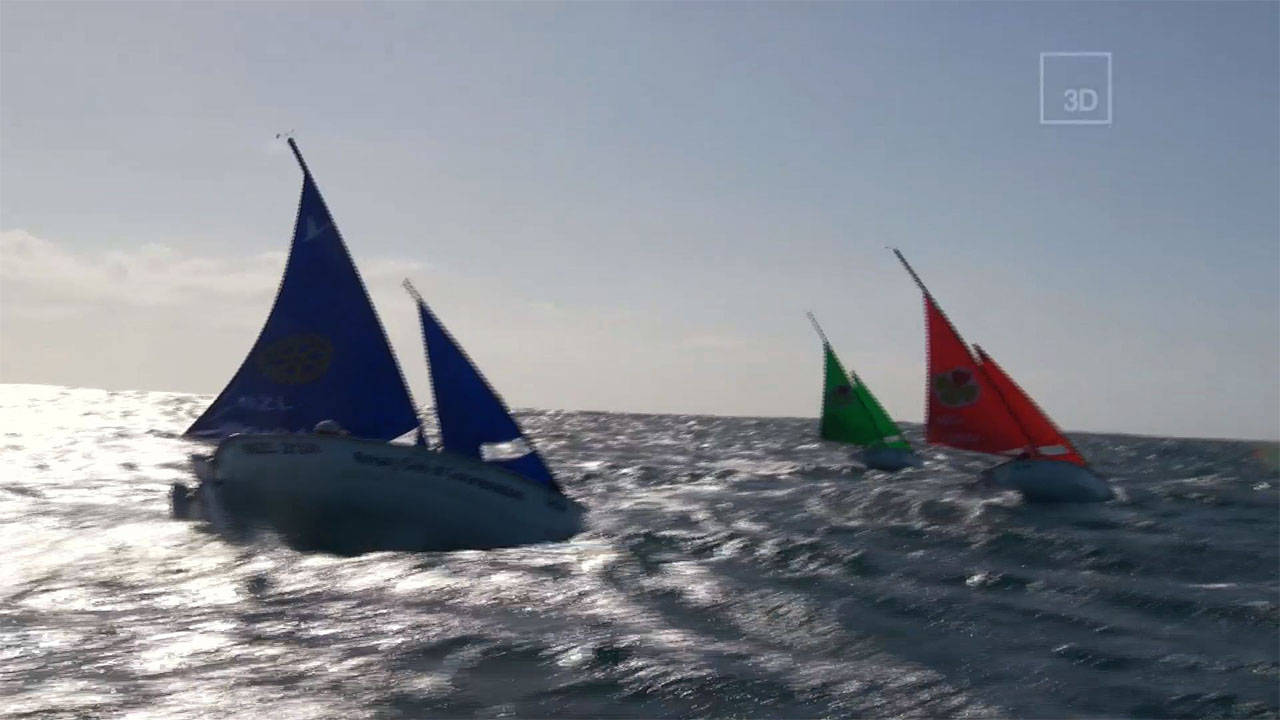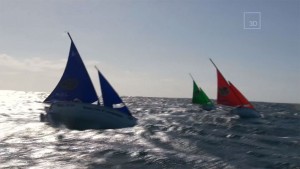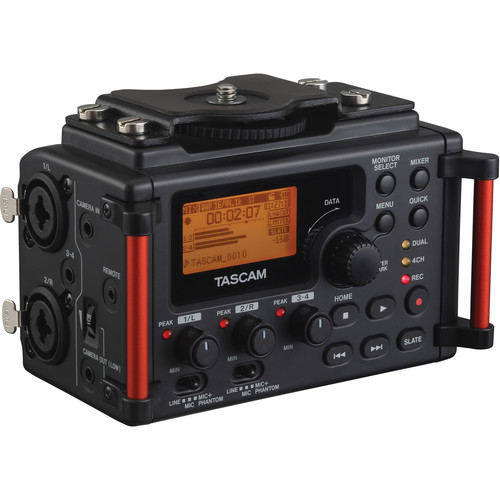
Crowdfunding for filmmakers? It reminds me of something I heard once. Nobody drives in New York. There’s too much traffic.
Is there any better way to describe the built in conflict when it comes to crowdfunding in general, and Kickstarter in particular? The only reason not to engage in crowdfunding for filmmakers is that everyone is doing it. I recently saw a crowdfunding blog post about how this sourcing model can work in the real estate market. Oversaturation anyone?
However, the lure of quick funding by Continue reading “Crowdfunding For Filmmakers: Three’s A Crowd”



